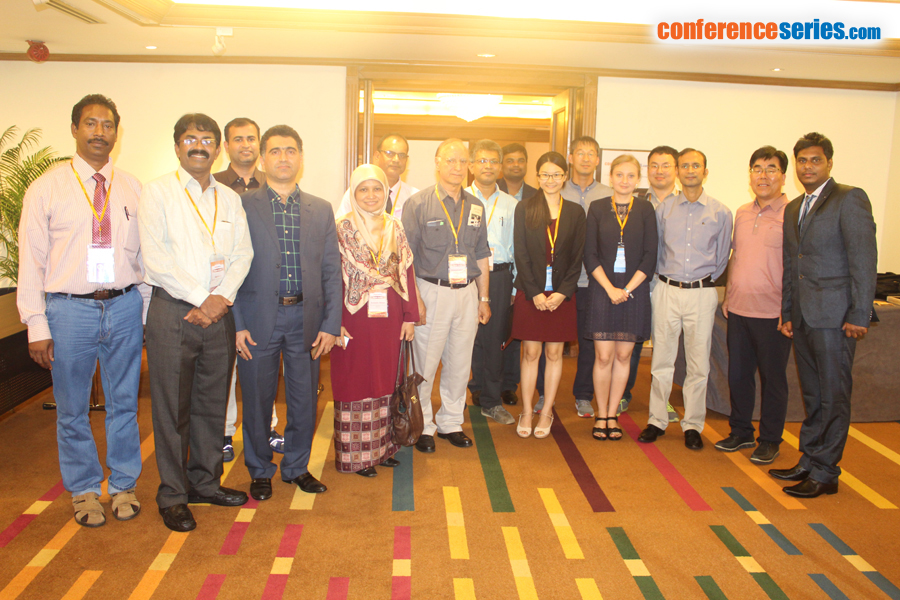
Bhagawan Bharali
Assam Agricultural University, India
Title: How wheat (Triticum aestivum L.) crop does respond to aerosols of oxidized and reduced nitrogen along with light regime, physiological drought and substratum types?
Biography
Biography: Bhagawan Bharali
Abstract
The aim of the investigation was to study the impacts of some abiotic factors on the responses of wheat crop (variety: Ankur Omkar) to oxidised (NaNO2) and reduced (NH4Cl) aerosols in field situation. Natural light was reduced to ≈50% using standard hessian cloth, and physiological drought was induced by spraying PEG-6000 @5000ppm (≈0.05bar). Substratum types were natural acid soil with FYM @5 t/ha (pH 5.03), acid-mineral soil (natural acid soil with FYM @10 t/ha, pH between 5.92) and acid-mineral soil mixed with FYM @10 t/ha added with lime @ 0.5t/ha (pH 6.46).There were positive effects of the aerosols on wheat crop under normal light condition, and low light suppressed the nitrogen assimilation and physiological performance of wheat. During the physiological drought condition, the aerosols showed negative impacts on wheat crop. The reduced aerosol acted as an acidifying agent, which was deleterious to the crop. Soil amended with higher dose (10t/ha) of FYM further exerted negative influence to the crop. Acid soil amended with lime (supply of Ca2+) ameliorates the negative impacts of the aerosols on yield attributes of wheat crop.
Statement of the Problem: Atmospheric wet and dry depositions of Nitrogen are important processes in the redistribution of nitrogen throughout the environment. Nitrogen oxides (NO2, NO but not N2O) reacting with intercellular water get converted into HNO2 and HNO3, which then dissociate to form nitrate, nitrite and protons. Higher concentration (<10 µll-1) of oxides of nitrogen alter the physiological processes including net photosynthesis, dark respiration, root:shoot ratios in plants and yields. Cellular plasmolysis is caused by the lipid breakdown in membrane. Acidification of the ecosystem may also result from the deposition of gaseous NH3 and particulate NH4+ (collectively NHy). Plants fed with Ammonia at high concentration (>1mM) suffer from its toxicity.



